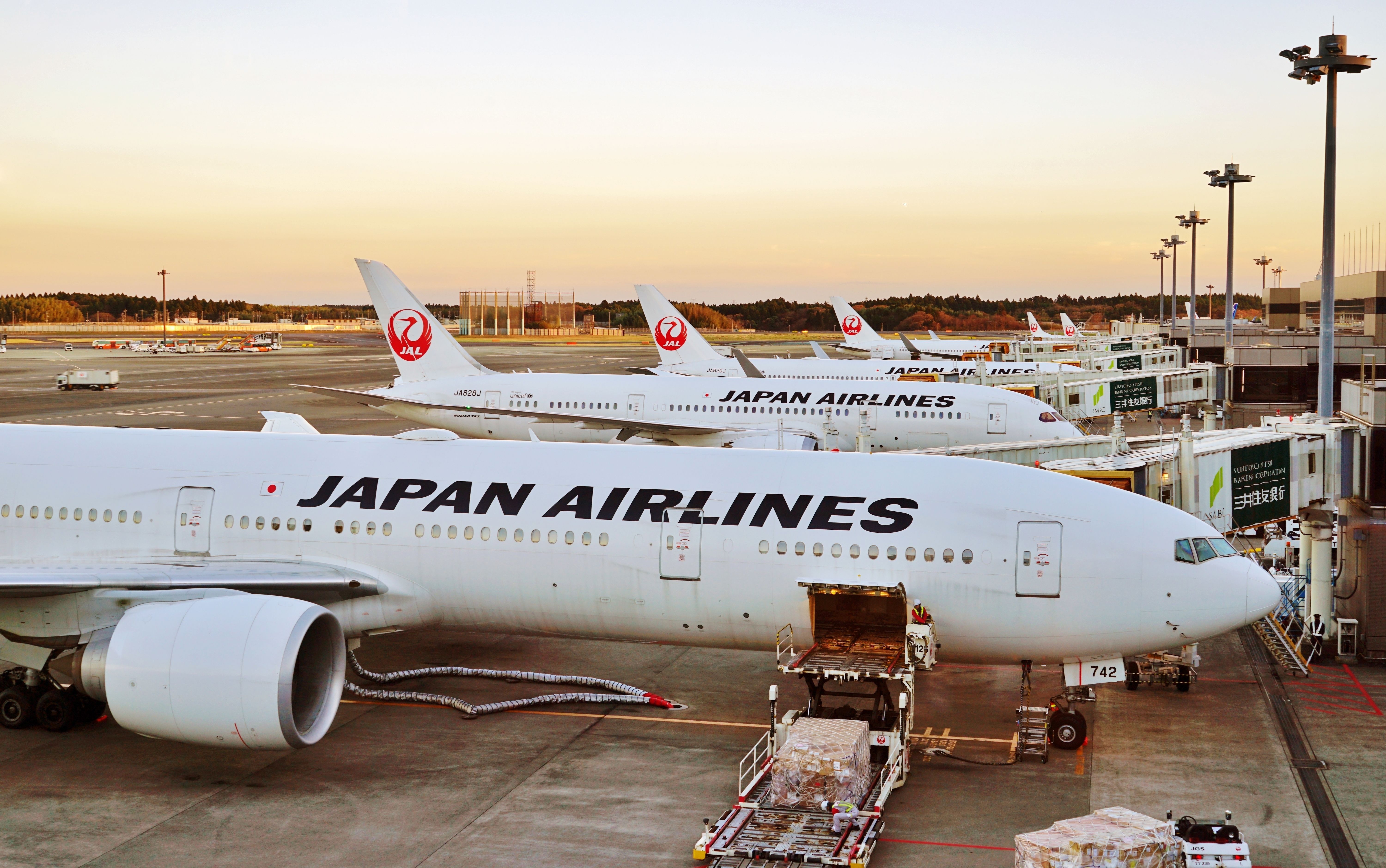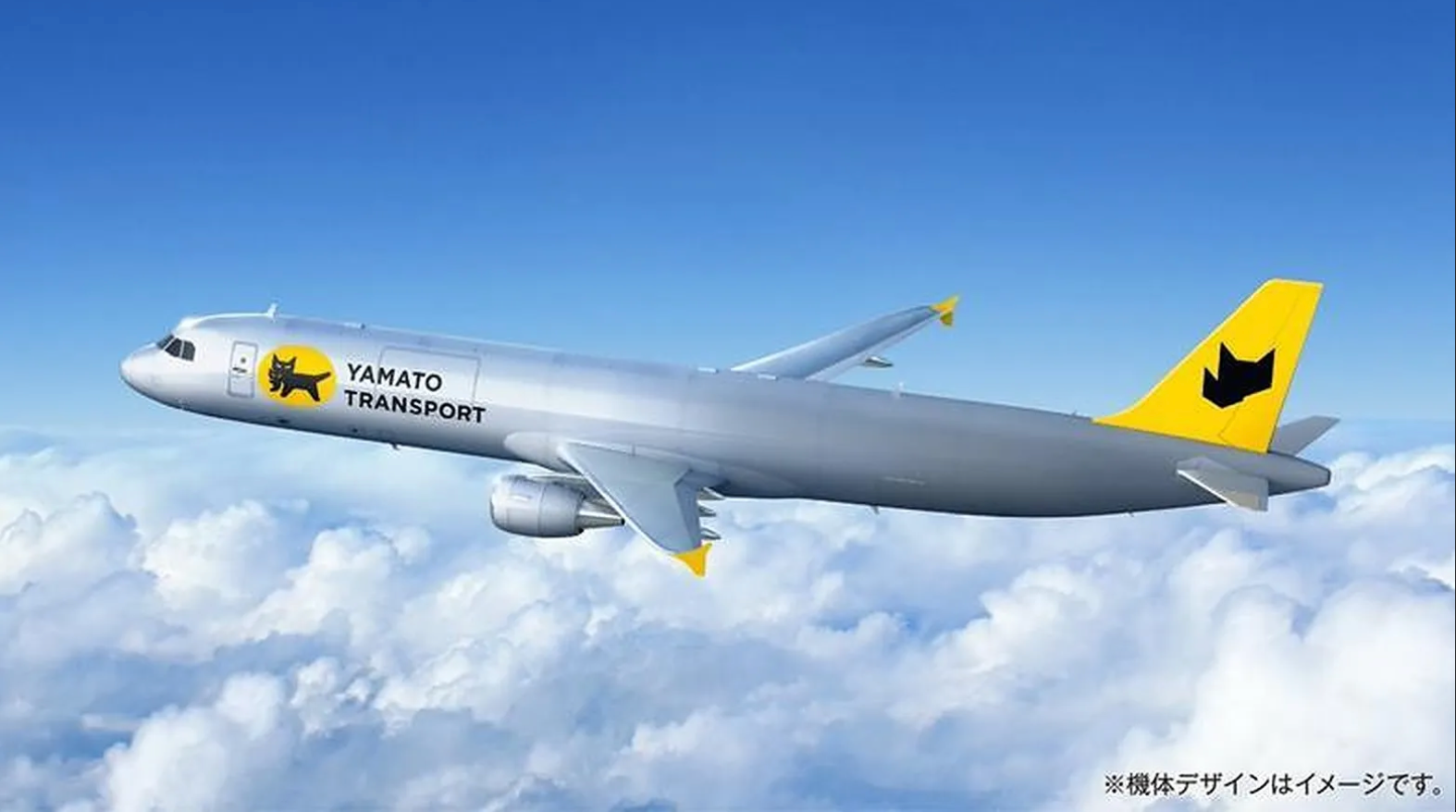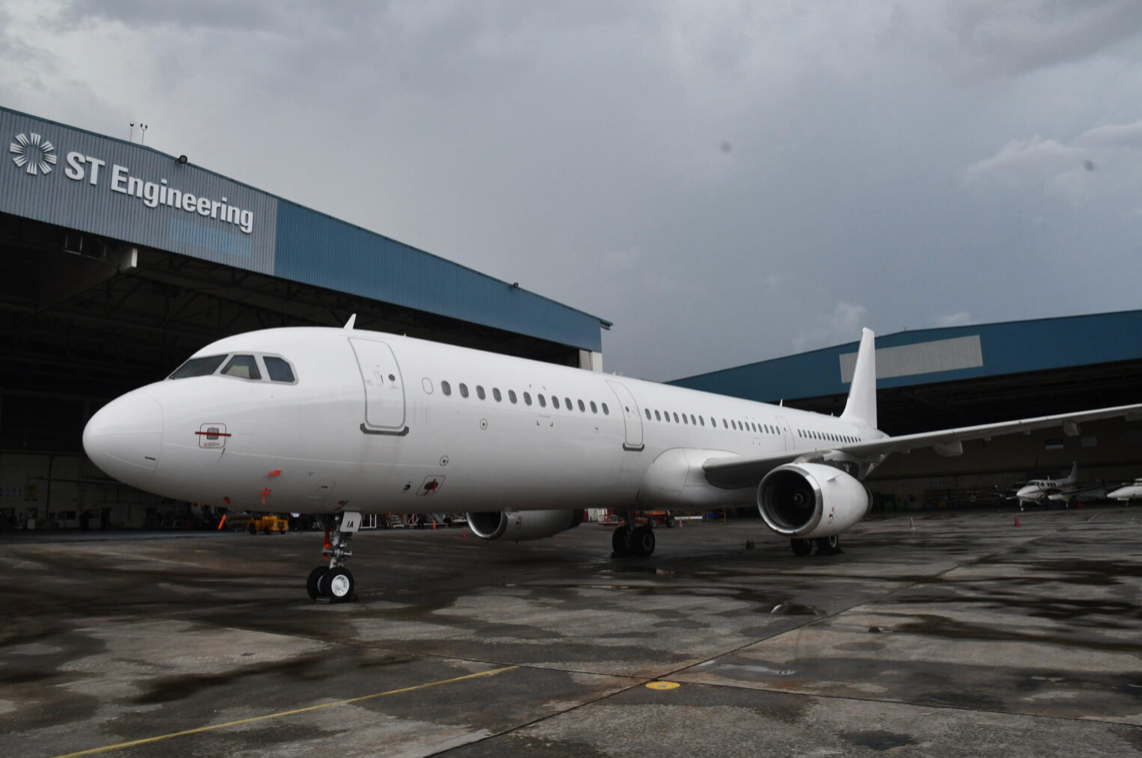Japan Airlines has announced that it has started the conversion process for the first of three Airbus A321 aircraft. Historically, these airliners have been used to transport passengers but will be converted to haul cargo. After announcing in November 2022, that it would launch Airbus A321 Passenger to Freighter (P2F) cargo flights in 2024, the first airframe for Japan Airlines has started undergoing the conversion process in Singapore.
Seasoned jets reborn
Since the start of the jet age, thousands of aircraft have rolled off Airbus' assembly lines. Most of these jets have been built to carry passengers and are able to do that for decades before being retired. However, some passenger airliners are saved from a sandy grave in the desert as they are chosen to undergo a conversion to haul cargo.
Everything on these selected airplanes is redone as it undergoes a complete interior overhaul. After the conversion process is complete, the jet can take to the sky again with a new mission.
Three Airbus A321s will be ordered to undergo this transition and become cargo jets. The conversion is being carried out at ST Engineering Aerospace in a joint venture with Airbus. The airframe registered as JA81YA had previously been operated by Qatar Airways for twelve years before it was stored in January 2022.
Conversion of the first aircraft began on May 8 and is expected to be completed by mid-September, with crew training on the airplane starting in November. Once the conversion process is complete, the freighter will be transported on a ferry flight to Japan at the end of October. Another two A321s are also due for conversion but are currently parked in France.
Consistent demand
Once completed, the domestic freighter network on which the A321P2F conversions will be used will be operated by Japan Airlines' low-cost carrier, Spring Airlines Japan, in partnership with Japan-based logistics firm Yamato.
Spring Airlines will use the freighters to operate 21 daily flights on four routes. The planned flights' schedule is between Tokyo (Haneda/Narita) and Kitakyushu (KKJ), Tokyo (Haneda/Narita) and Sapporo (CTS), Tokyo (Haneda/Narita) and Okinawa (OKA), and Okinawa (OKA) and Kitakyushu (KKJ).
The aircraft are expected to operate in the colors of Yamato Transport. This is the company's first time in the air cargo transportation industry. Yamoto has stated the fighter partnership with Japan Airlines was prompted by a law change in Japan. Starting in April 2024, the law will limit truck drivers' yearly overtime work hours to 960 hours.
 Future cargo growth
Future cargo growth
Back in May, Japan Airlines announced that it would operate its own planes to support its cargo operations and that three Boeing 767-300ER Freighters would begin operations by the fiscal year 2023. This was the first time in over a decade that JAL operated its own dedicated cargo aircraft.
With that said, the airline has said that it has consistently made a profit in the air cargo business through its flexibility in its operation. Since 2010, the airline has been using space on passenger flights and has been chartering freighters from other airlines.


